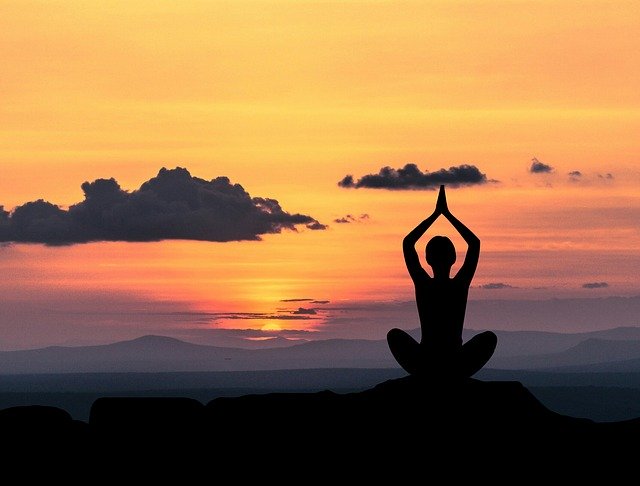International Yoga Day 2020 – How does Yoga Help Calm the Mind?
Related Articles
What Does a Physiotherapist Do? Skills, Treatments & When to See One
Ever had that annoying sore at the end of the day? Your neck is tight after hours spent at your computer, or your lower...
Beet It: Surprising Benefits of Beetroot!
Let’s be honest—beetroot isn’t usually love at first bite. With its earthy taste and bold color, it’s the vegetable many of us avoided as...
Is the Covid Vaccine Causing Heart Attacks? Here’s What Experts Say
With the growing speculation on social media that Covid-19 vaccines can be a reason behind the sudden surge in heart-attack related deaths, the Ministry...


 Bharti Gitay is Psychologist & Outreach Associate at Mpower – The Centre, Mumbai. She is a compassionate Mental Health professional dedicated to providing effective and empathetic care. She is passionate about mindfulness practice with individuals and families to help live a meaningful and authentic life. She is a trained ACT therapist.
Bharti Gitay is Psychologist & Outreach Associate at Mpower – The Centre, Mumbai. She is a compassionate Mental Health professional dedicated to providing effective and empathetic care. She is passionate about mindfulness practice with individuals and families to help live a meaningful and authentic life. She is a trained ACT therapist.